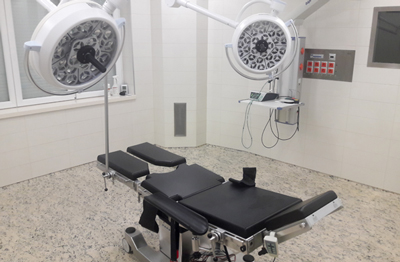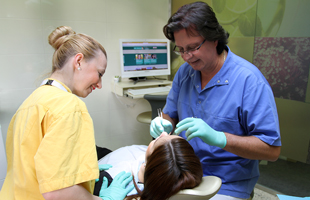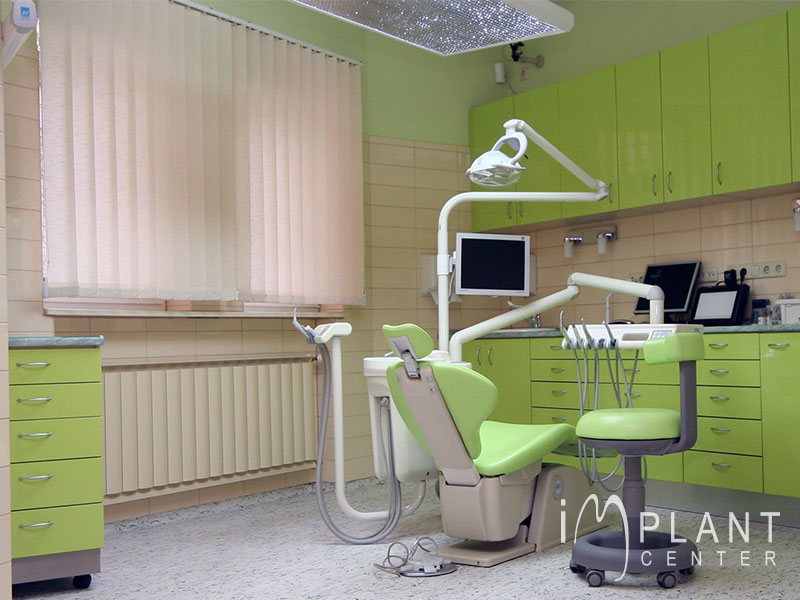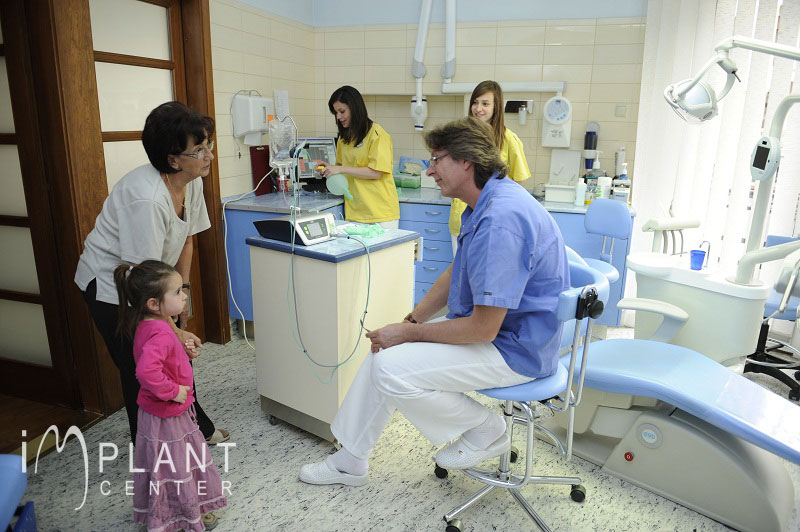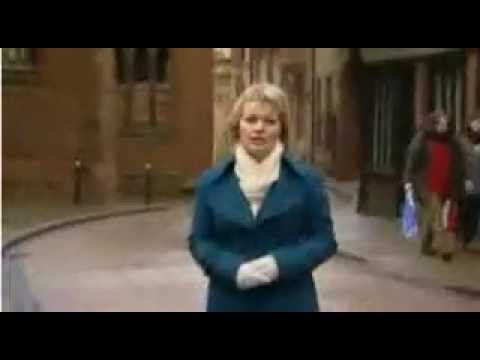Root canal
Root canal treatment is a dental procedure to treat infection at the centre of a tooth. With the help of root canal treatment, we attempt to save the teeth which are damaged by decay or trauma (such as a fall) by removing the bacteria from the root canal system.
To understand endodontic treatment, it helps to know something about the anatomy of the tooth: A tooth is made up of two parts: The crown is the part of the tooth that is visible in the mouth. The root extends into the bone of the jaw, anchoring the tooth in position. The root canal system contains the dental pulp and extends from the crown of the tooth to the end of the root. Dental pulp is made up of soft tissue that includes nerves and blood vessels. A single tooth can have more than one root canal. In the situation that a tooth is considered so threatened (because of decay, cracking, etc.) that future infection is likely or inevitable, a pulpectomy, removal of the pulp tissue, is advisable to prevent such infection. To cure the infection and save the tooth, the dentist drills into the pulp chamber and removes the infected pulp and then drills the nerve out of the root canal(s) with long needle-shaped drills. After this is done, the dentist fills each of the root canals and the chamber with an inert material and seals up the opening. This procedure is known as root canal therapy. With the removal of nerves and blood supply from the tooth, it is best that the tooth be fitted with a crown. The procedure is performed using local anaesthetic, so it is totally painless.
The endodontist uses special tools to clean out all of the diseased pulp.
Using a machine driven root canal treatment instrument may provide an additional benefit in cleaning the root canals:
- the treatment is performed during a shorter interval of time
- less radiographs are necessary
- the root canal filling is more precise.
Endodontic treatment cannot be always performed in one visit. If the treatment is carried out over several visits, your dentist may put a small amount of medication in the cleaned canal in between visits to kill any remaining bacteria. The tooth will then be sealed using a temporary filling. At your next visit, the temporary filling and medication within the tooth will be removed and the root canal filling will be inserted. This, along with a well-fitting filling, will seal the tooth and prevent re-infection.
Root canal treatment is usually successful at saving the tooth and clearing the infection. Most endodontically treated teeth last as long as other natural teeth, however their loadability is not as high as of the natural ones.
Root-filled teeth are more likely to break than healthy unrestored teeth, so your dentist may suggest placing a crown on the tooth to protect it.
- Aesthetic dental solutions: composite filling (white filling), inlay, porcelain veneer
- different restorations: dental post and crown, only crown or dental bridge
In some cases, a root-filled tooth may darken, particularly if it has died as a result of an injury, such as a knock to the tooth. There are several ways your dentist can treat discolouration, such as whitening the tooth using chemicals.
It is recommended to have annual check-ups and x-rays after endodontic treatment!
Occasionally, a tooth cannot be saved because the root canals are not accessible, the root is severely fractured, the tooth does not have adequate bone support, or the tooth cannot be restored. Those teeth that can cause inflammation in the body have to be removed. Nodules may cause jointand skin problems, hair loss, eyeand heart diease, or sinus infection.If root canal treatment is not done, an infected tooth may have to be extracted. This procedure is carried out by highly skilled specialists at Implantcenter, who restore and replace teeth using crowns, bridges, dentures and implants.
Related services
Testimonials
Just back from Budapest and pleased to report that you have exceeded all my expectations The clinic was superb and way better than what I've expected and Attila was excellent along with the rest of the team.
Once again thanks for your help.
Peter C



